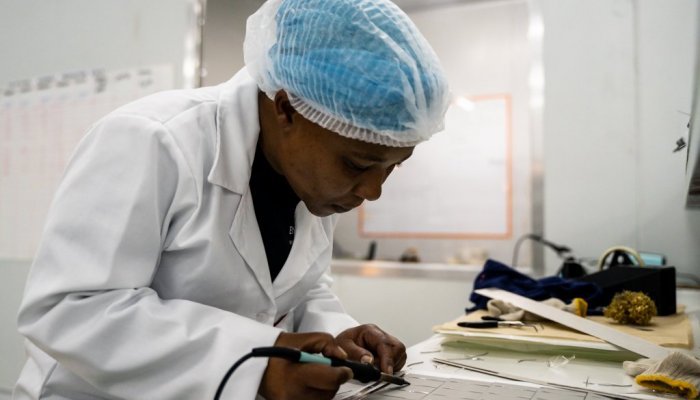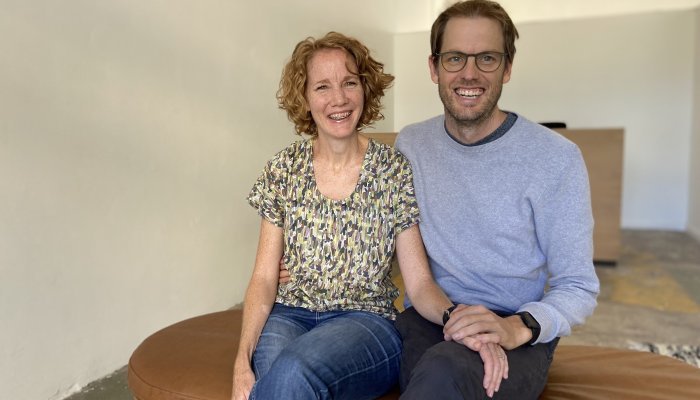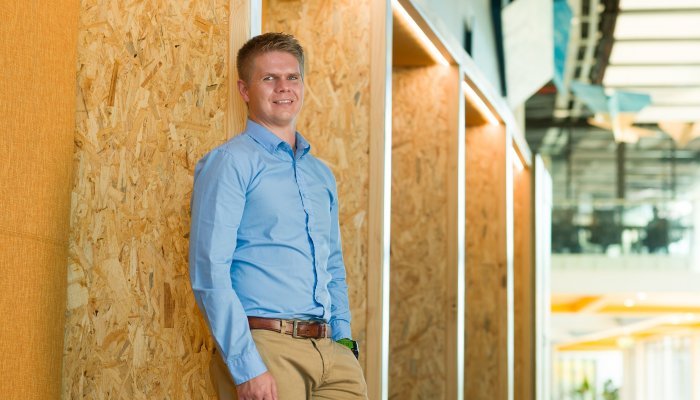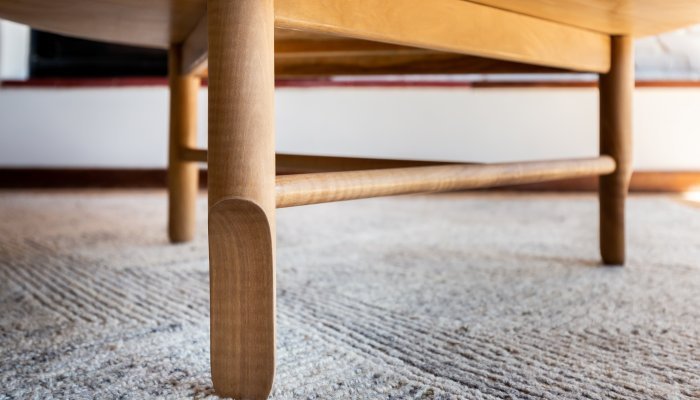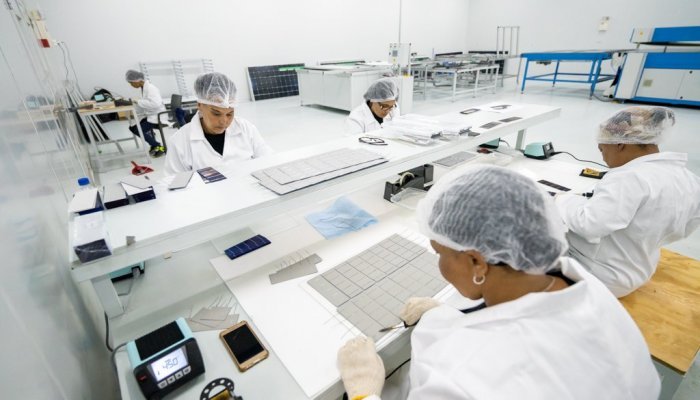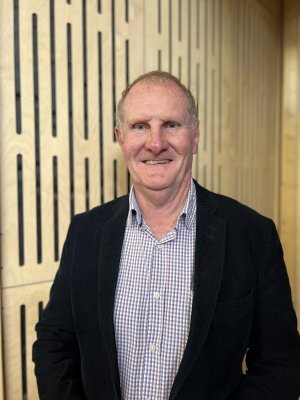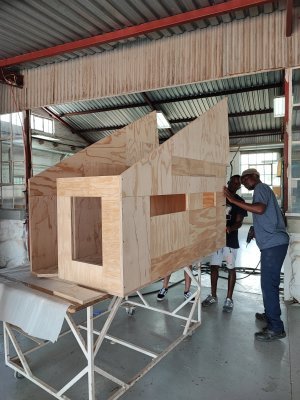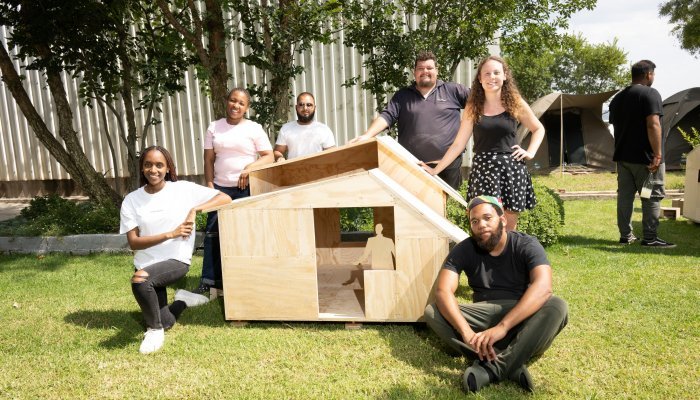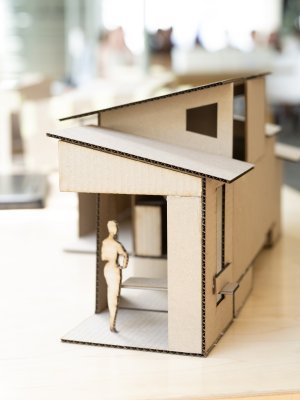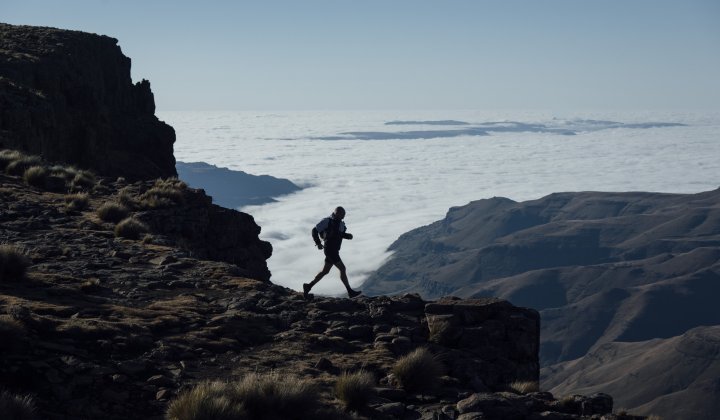Climate Capitalism looks at how to tackle climate change within the world’s dominant economic system. Author Akshat Rathi suggests a framework relying on three major actors: technology, policy, and people. He points readers to examples of unlikely heroes driving capitalist climate solutions, from Wan Gang, the Chinese bureaucrat who used his country’s peculiar breed of capitalism to pave the way to China becoming the world’s largest maker and buyer of electric cars and batteries, to Sumant Sinha, the Indian solar power entrepreneur who shows “developing countries with messy democracies and weak governance can still grab onto the opportunity to leapfrog the fossil fuel era and start building clean energy at scale”. (South Africa, take note.)
Rathi acknowledges there’s no denying unfettered capitalism has contributed to the climate crisis. However, to paraphrase Noam Chomsky, it’s not possible to overthrow capitalism and manage massive social change within the timeframe needed to solve the climate crisis. Rathi suggests we should aim for a sort of reformed capitalism, pointing out that capitalists have “woken up to both the cost of inaction and the opportunity of action”.
While the climate change agenda has largely been led by “eco-warriors”, non-profits and dedicated NGOs, climate capitalism sees business coming to the party.
Addressing underlying ideologies
“I think if God had the chance to start all over again, we would not design our economic models the way we did. Because what was an economic model has become a religion,” says Roze Phillips, GIBS board member and adjunct faculty with its Centre for Business Ethics. “I worry whether we can use capitalism in its current form to save the world because I worry about capitalism's underlying ideology.”
She not convinced capitalism will be useful in addressing the climate crisis unless the underlying ideology – the paradigm of “conspicuous and unbridled consumption and unfettered but also unequal growth” – is addressed.
“A circular economy changes how goods and services are supplied. It does not address humanity’s unfettered consumption and growth demands,” she says. “A classic example of a notion that is ideological versus what is actually a free market model is ownership versus stewardship, or employment versus employability. We need to stop thinking systems will change on their own, or that knowing what the data is is enough. Change is not happening because there are mindset shifts needed to help us understand what it means to be a steward versus controlling ownership, or labour resources in employment, versus entrepreneurs who can manage their own employability.”
Think like a futurist
GIBS' Roze Phillips says addressing the climate crisis requires thinking like a futurist, including acknowledging:
- The only way to predict the future is to create the future.
- A better future is always possible.
- The preferred future is not necessarily perfect, but it should always aim to be inclusive.
- We should generate alternative futures first – don't come up with a strategy of one answer. You should have more questions than you have answers.
- Have the courage to allow for change to happen.
- Our technologies help us solve for what we could do. It is our job to solve for what we should do. That requires ethical and responsible consumption and growth.
Serving communities and the climate
Dave Lello, business development officer at Ener-G-Africa (EGA), a local company tackling the challenges of climate change through research, development, and manufacturing of clean energy products, suggests climate capitalism involves transforming a business into being more profitable by adapting to a new normal where net zero is a reality.
“Business as usual will not get the world to a net zero situation,” he says. “Until now, businesses and industry have resisted becoming green and have had to be coerced into making deep-seated changes to processes. The biggest of these is in the realm of energy use, and single-use packaging. We must remember that being ‘climate-conscious’ is not just ‘I did well today to save the planet’ but represents fundamental behavioural change every day.”
EGA’s business purpose is to produce products that reduce the amount of natural biomass used by off-grid households in Africa, Lello says.
“Our goal is providing solar and clean combustion stoves that significantly reduce the need for burning wood, charcoal, and fossil fuels. We’re looking at innovative ways to build a value chain from our manufacturing facilities in Cape Town into Africa that minimises logistics and packaging, reducing the amount of single-use packaging.”
EGA looks to improve the lives of those living in Africa, specifically in lower-income communities. “We therefore use carbon credit offsets to ‘subsidise’ the upfront price of a product,” Lello explains. “These products could be solar panels, biomass fuels, and a range of biomass cooking stoves, that change people’s energy use. Our locally manufactured sustainable energy solutions help lessen the use of charcoal and firewood (cutting down on greenhouse gas emissions and carbon dioxide inhalation) and increase access to clean and renewable energy. We believe it’s important to address clean energy for individuals and that through scaling grassroots efforts, we can assist in safeguarding the continent’s natural resources for future generations, promoting energy security, and ending fuel poverty.”
To create a conducive environment for climate capitalism, Lello suggests incentive-based policies. “We’re against just a stick approach (such as using carbon tax as a deterrent to non-compliant companies),” he says. “We support more active engagement from the government where the move to net zero and producing energy-saving products and improved packaging is incentivised. This could be via a mechanism at the department of trade, industry and competition to help investment or to accelerate tax write-offs on new equipment.”
Healthier furniture for people and planet
In 2023, Man + Wife, a family-run business based in Gqeberha, launched its first range of low-impact furniture focused on “creating good”. Bruce and Kimlyn Harbottle, the team behind Man + Wife, want to create furniture that not only centres on good design, but offers a positive choice towards better living, for individuals, family, organisations, and the planet.
After Bruce experienced health challenges, prompting a complete rethink of the family’s lifestyle, he discovered regenerative farming, setting him on the path to regenerative design (using design to proactively help repair and protect the planet and to create a positive impact). This birthed a dream to create regenerative furniture with a positive environmental, social, and aesthetic effect.
While Man + Wife is currently paused as Kimlyn undergoes cancer treatment, Bruce believes capitalist measures will be the only sustainable way to solve the climate crisis.
“People and businesses will only change their behaviour when they understand that there are real and tangible benefits to them,” he says. “If they were to have a longer-term outlook (10 to 20 years) the benefits of making changes that help solve the climate issue would become quite clear. However, decisions made with a ‘how do I solve the immediate problem’ outlook seldom lead to the best solutions for long-term sustainability.”
The Harbottles believe there needs to be greater awareness of the negative effect standard products or materials have on the environment, and the difference consumers’ purchasing decisions make.
“Capitalism is the ultimate form of democracy,” says Bruce. “If people choose not to buy something, it won’t be sold anymore. If we make buying decisions based on the environmental impact products have, there will be wider choice of those, and costs will reduce.”
Bruce says policy has a role to play too. “Just as it’s important to know what the ingredients are in food, it’s important to know what goes into the products and what impact that has on the environment. We have energy ratings for electronics; why not have environmental ratings for products?”
Seeing the forest and the trees
Sawmilling South Africa (SSA) promotes the use of timber in the construction sector in partnership with universities and industry players.
“There is both a climate and business case for engineered wood as a primary construction material, and the increased use of wood is an effective way of reducing both types of emissions,” says Roy Southey, executive director of SSA.
“Sawn timber comes from sustainably managed plantations, making the trees and wood a renewable and replenished resource. The growing trees are continually capturing CO2 through photosynthesis and the harvested products stores carbon for their lifetime. By substituting (and at the very least supplementing) steel and concrete, wood reduces the reliance on carbon-intensive materials.”
This could have a significant impact, given that the construction sector and built environment accounts for 40% of global energy-related CO2 emissions, with a large proportion (embodied emissions) attributable to the extraction, processing, and energy-intensive manufacturing of building products.
Southey says one of the challenges in South Africa is changing the mindset that bricks and mortar is the only way to build.
Dr Schalk Grobbelaar, senior lecturer and chairperson of the York Timbers chair in wood structural engineering at the University of Pretoria’s department of engineering & technology management, says the primary drive should be to increase awareness and practical experience with timber construction.
“Many countries use predominantly timber construction. In New Zealand, approximately 90% of new houses are made of timber. In South Africa, less than 1% of new houses are predominantly timber-based. It is a typical ‘diffusion of innovations’ problem, where perceptions drive social behaviour. Suppose we could influence the perceptions of influencers in the South African social network to adopt timber construction. In that case, it is more likely to be diffused within the population. Increasing the exposure of architects, engineers, developers, and construction companies to timber construction could assist too. A good starting point is universities, which act as social network hubs. It’s important to apply a design thinking approach to solving the problem. We have to adopt a continuous improvement and learning approach.”
Practical lessons in regenerative business
Low-impact furniture company Man + Wife shares the following advice:
- Finding alternatives to standard materials is not easy. Many material suppliers might not even realise they have an alternative. Get to know your supply chain. Learn what goes into your products and where they come from.
- Be broad-minded about where you might find local, sustainable alternatives. Often, we limit what we think people and businesses can do simply because that is all they have done for us in the past.
- It’s hard to innovate if you’re trying to meet short-term targets. Innovation for change needs to be viewed over a longer-term window. Innovation is never a straight line.
- Be patient; take small steps. A single improvement is a good place to start and can show proof of work that increases buy-in for more and larger changes.


